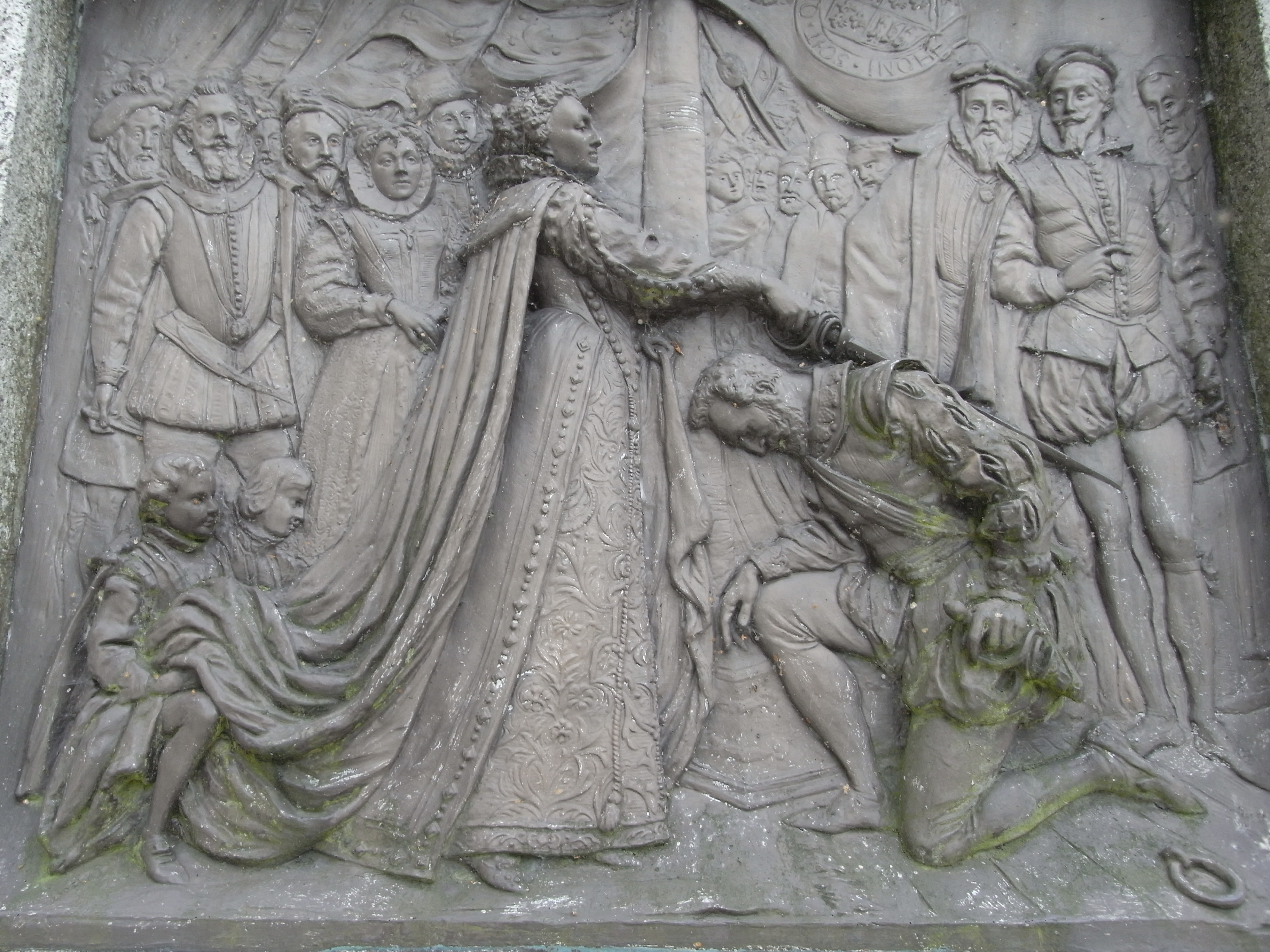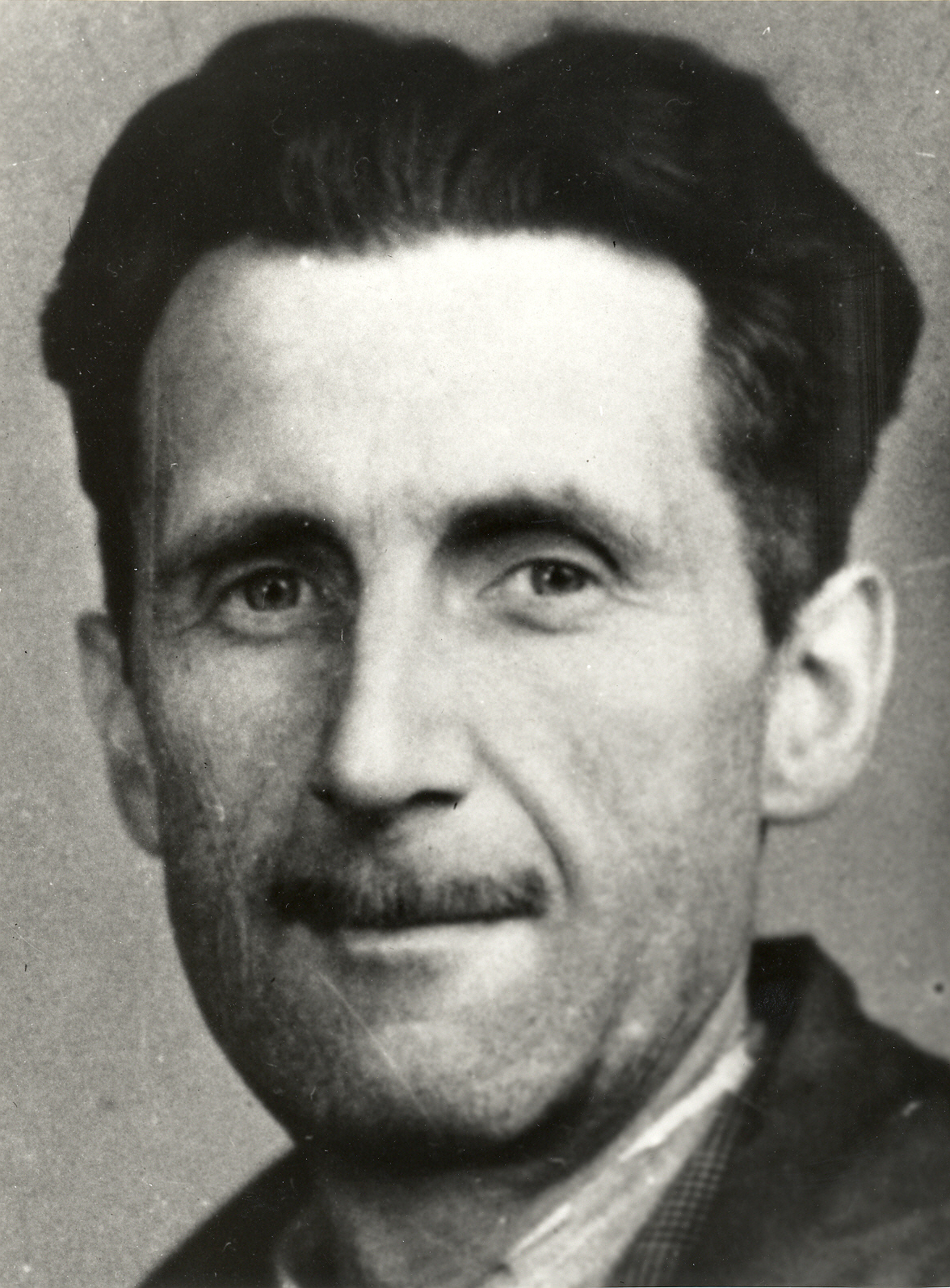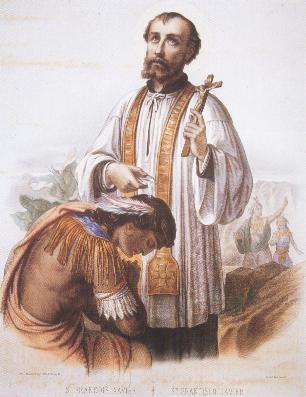On the night of 25 November 1763, the surgeon at the Benedictine monastery of Saint-Nicolas-d’Acy, was sleeping peacefully in his bed when there was loud knocking on his door.
‘Monsieur le chirugien!’ a voice urgently shouted. ‘You must come quickly! It iz a matter of zee former monk zee Abbé Prévost! His body has been found lying at zee foot of zee Cross of Courteuil. We think zat he iz dead, Monsieur!’
The surgeon quickly got dressed, collected his doctor’s bag, and followed the man, a shepherd, to the presbytery of the church of Courteuil where the body of Abbé Prévost had been taken.
‘He iz dead all right’, said the surgeon when he saw the body lying prostrate on the bed. ‘I will need to perform an autopsy on zee corpse to establish zee exact cause of zee death.’
Then, taking his scalpel from his bag, the surgeon sliced open the belly of the Abbé Prévost, and the old monk’s blood and intestines spurted out onto the bed.
But then, suddenly, mirabile dictu, the quondam corpse of the Abbé Prévost raised itself upright on the bed!!!
‘Nom de Dieu!’ screamed the Abbé. ‘What are you doing?’
‘A thousand pardons, Monsieur’, said the surgeon, ‘but we thought zat you were dead.’
The Abbé Prévost looked down at his blood and guts.
‘What iz all this?’ he gasped in horror.
But before the surgeon could furnish a detailed, forensic explanation of the entrails that comprise the human digestive system, the Abbé Prévost let out a loud groan and collapsed onto the bed, his eyes and mouth wide open.
'I think now he iz really dead', said the surgeon.
'O, Monsieur le chirugien, you have killed one of France's most greatest men of letters!' said the shepherd.
Antoine-Francois Prévost, known to the world as the Abbé Prévost, was born on 1st April 1697, and had an eventful life. At the age of 16 he fought as a soldier in the Spanish War of Succession, and five years later he served as an officer cadet in the Franco-Spanish War. He deserted soon after and sought refuge in a Benedictine monastery where he took Holy Orders. He was later ordained as a priest and wrote his first novel.
But the Abbé Prévost's life was disrupted when he fell out with the monastery abbot. He went into hiding and fled to Holland and then to England, where he was temporarily imprisoned for fraudulently using bills of exchange and then expelled from the country. But throughout he continued to write, including translations into French of the English novelist Samuel Richardson.
Back in France, after a period spent in hiding, the Abbé Prévost was admitted once more to the Benedictine order, and he wrote his acknowledged masterpiece: Manon Lescaut. But the book was considered to be scandalous and the French Parliament ordered that it be burned.
 |
| Abbé Prévost reading Manon Lescaut by Joseph Caraud |
Now the old monk's body with its entrails hanging out lay motionless on the bloodied bed.
'O, Monsieur, zis will not look good in zee centuries to come', said the shepherd to the surgeon. 'People will make jokes about you. Patricia Cornwell will prove you are a kill-er, and your name will be shit all over zee Internet.'
'Why don't you go and count your sheep, you ignorant shep-herd?' replied the surgeon.
R.I.P. Abbé Prévost.
NOTE: In the view of the page on Wikipedia (France) this account of the Abbé Prévost's death is apocryphal.


.jpg)



.jpg)








.jpg)
































